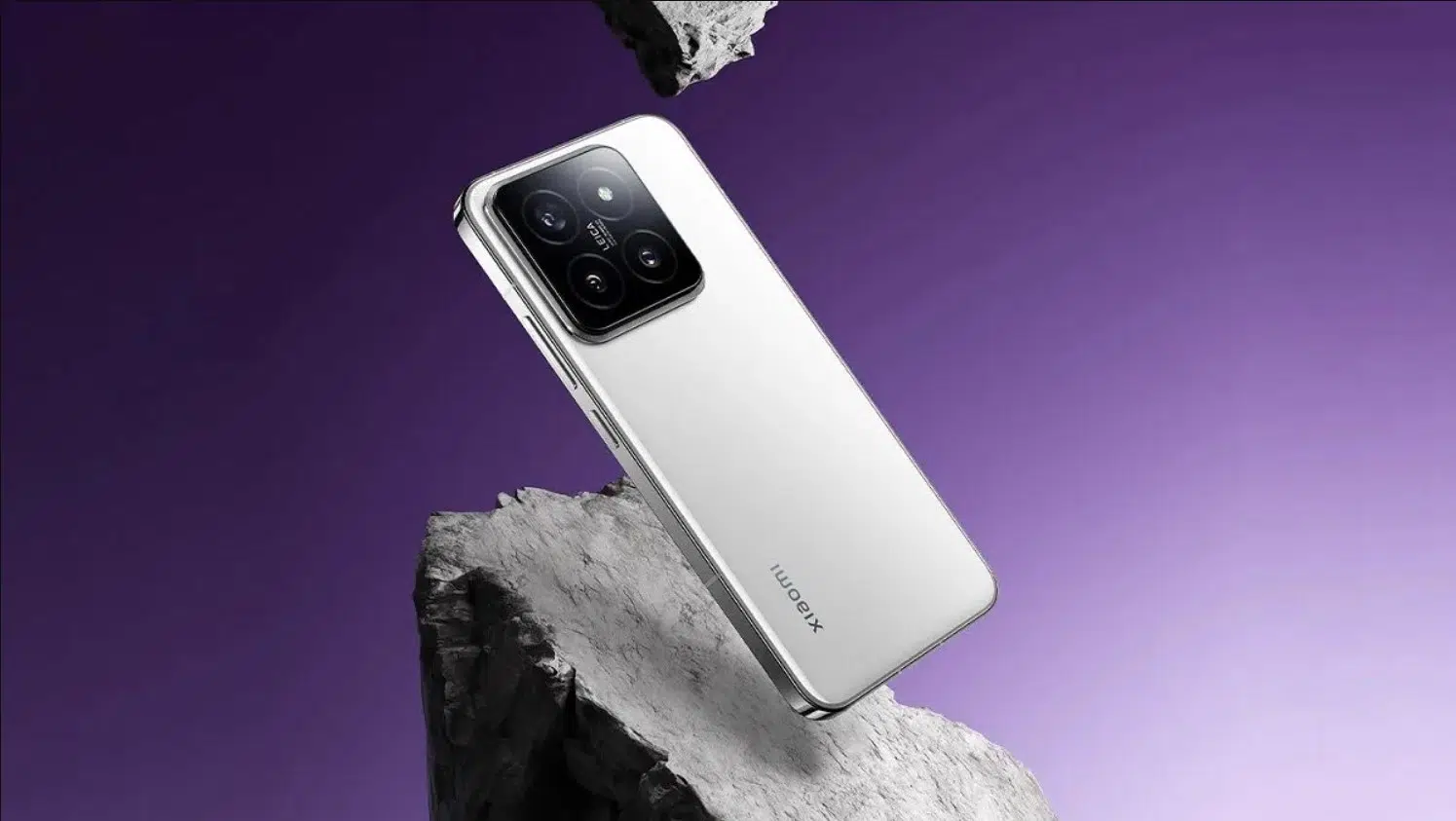QWERTY smartphones, popular during a period of rapid technological advancement, once provided users with a fast and direct typing experience through physical keyboards. However, the lifespan of these devices often proved to be shorter compared to modern touch-screen smartphones. This article explores the factors that contributed to the relatively brief existence of QWERTY smartphones.
Technological Progress
The rise of QWERTY smartphones coincided with technological advancement. However, these phones operated within more complex and multi-part structures, making them susceptible to higher wear and tear. In contrast, touch-screen devices had simpler designs and fewer mechanical components, rendering them more durable.
Manufacturing Costs
The production costs of QWERTY smartphones were generally higher. The inclusion of a physical keyboard required extra components, increasing manufacturing expenses. Additionally, the keyboard mechanism was prone to wear, leading to higher maintenance and repair requirements.
Design Constraints
The design of QWERTY smartphones could result in bulkier and heavier devices. This affected portability and user-friendliness. In contrast, modern smartphones are characterized by slim and lightweight designs, offering superior portability and ease of use.
Ultimately, consumer demand played a significant role in the shortened lifespan of QWERTY smartphones. Touch-screen devices offered more functionality and app support, aligning with changing user preferences. Users gravitated toward these more versatile devices, leaving QWERTY smartphones with a niche market.
Conclusion
QWERTY smartphones, though once favored by a segment of users, succumbed to technological advancements, changing consumer expectations, and design limitations. Touch-screen smartphones emerged as more versatile, user-friendly, and long-lasting alternatives. While QWERTY smartphones may be considered a nostalgic relic today, their short-lived reign in the mobile world serves as a testament to the dynamic nature of technology and consumer preferences.






